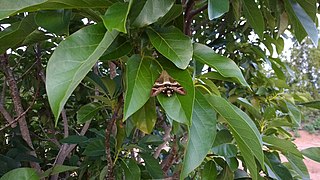 W
WAellopos fadus, the Fadus sphinx, is a moth of the family Sphingidae. The species was first described by Pieter Cramer in 1776.
 W
WAntheraea polyphemus, the Polyphemus moth, is a North American member of the family Saturniidae, the giant silk moths. It is a tan-colored moth, with an average wingspan of 15 cm (6 in). The most notable feature of the moth is its large, purplish eyespots on its two hindwings. The eyespots give it its name – from the Greek myth of the cyclops Polyphemus. The species was first described by Pieter Cramer in 1776. The species is widespread in continental North America, with local populations found throughout subarctic Canada and the United States. The caterpillar can eat 86,000 times its weight at emergence in a little less than two months.
 W
WBelemnia inaurata is a moth of the subfamily Arctiinae. It was described by Sulzer in 1776. It is found in Mexico, Guatemala, Honduras, Panama and Colombia.
 W
WCatocala ilia, the Ilia underwing, beloved underwing or wife underwing, is a moth of the family Erebidae. The species can be found in the eastern part of the United States as well as southern Canada. Subspecies Catocala ilia zoe can be found in California and Arizona.
 W
WClepsis pallidana is a moth of the family Tortricidae. It is found in most of Europe, as well as Asia Minor, Iran, Russia, Mongolia, China, the Korean Peninsula and Japan.
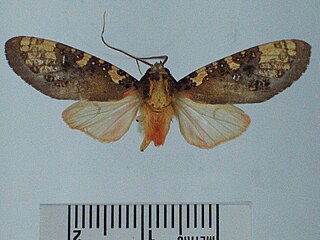 W
WCresera ilus is a moth of the family Erebidae first described by Pieter Cramer in 1776. It is found in French Guiana, Suriname, Guyana, Ecuador, Peru and the Brazilian state of Amazonas.
 W
WThe dotted border is a moth of the family Geometridae. The species was first described by Johan Christian Fabricius in 1776. It is found throughout Europe, except the far north, and the Near East.
 W
WDysschema tricolora is a moth of the family Erebidae first described by Sulzer in 1776, and spelled tricolora, though many subsequent authors have misspelled the name as tricolor. It is found in Suriname, Bolivia, Paraguay and Brazil.
 W
WEuclystis manto is a species of moth in the family Erebidae. The species is found in Central America and South America.
 W
WEulepidotis ilyrias is a moth of the family Erebidae first described by Pieter Cramer in 1776. It is found in French Guiana.
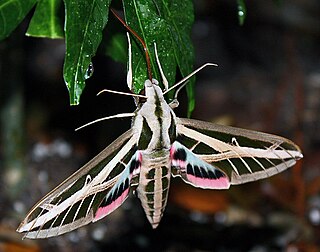 W
WEumorpha fasciatus, the banded sphinx moth, is a moth of the family Sphingidae. The species was first described by Johann Heinrich Sulzer in 1776.
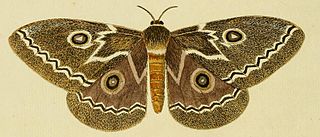 W
WGonimbrasia tyrrhea, the zigzag emperor moth, is a moth of the family Saturniidae. The species was first described by Pieter Cramer in 1776. It is found in central and southern Africa.
 W
WHaploa clymene, the Clymene moth, is a moth of the tiger moth subfamily - Arctiinae, tribe Arctiini. The species was first described by Peter Brown in 1776. It is found in eastern North America.
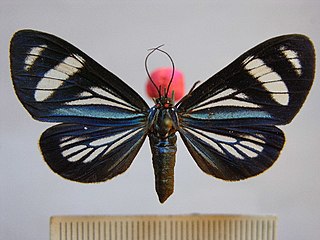 W
WHypocrita bicolora is a moth of the family Erebidae. It was described by Sulzer in 1776. It is found in Panama.
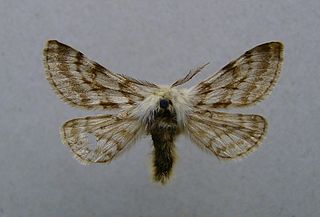 W
WLycia alpina is a moth of the family Geometridae. It is found in the Alps on altitudes between 1,000 and 2,500 meters and in the Jura Mountains.
 W
WThe minor shoulder-knot is a moth of the family Noctuidae. The species was first described by Johan Christian Fabricius in 1776. It is distributed throughout Europe then east across the Palearctic to Siberia and Japan. It also occurs in Turkey.
 W
WNeococytius is a monotypic moth genus in the family Sphingidae erected by Ronald W. Hodges in 1971. Its only species, Neococytius cluentius, the Cluentius sphinx, was first described by Pieter Cramer in 1776. It is found in northern South America, Central America, Mexico and the Caribbean. It is rare on Cuba. It has been recorded in North America, from Mississippi north to Michigan and Illinois.
Nephele peneus is a moth of the family Sphingidae. It is known from forests and woodland from Senegal to East Africa, Angola and Delagoa Bay.
 W
WNotophyson tiresias is a moth of the subfamily Arctiinae. It was described by Pieter Cramer in 1776. It is found in Suriname.
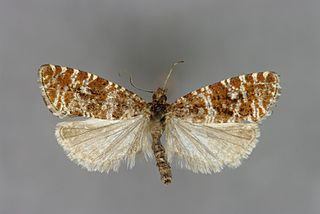 W
WPhiaris schulziana is a leafroller moth belonging to the genus Phiaris, although sometimes it is placed among Olethreutes. The wingspan is 17–25 millimeters. It is found in moors and heaths of northern Europe. The larva are found on heather, crowberry, and bog cranberry. The adults are active during the late afternoon and evening from June through August.
 W
WProchoreutis sestediana, also knowns as the silver-dot metal-mark is a moth of the family Choreutidae found in Asia and Europe. It was first described by Johan Christian Fabricius in 1776 from a specimen found in Kiel, Germany.
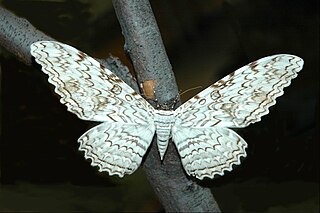 W
WThysania agrippina is a species of moth in the family Erebidae first described by Pieter Cramer in 1776. The most commonly accepted English name is the white witch. Other common names include the ghost moth, great grey witch and great owlet moth. Thysania agrippina is of interest as a competitor for title of "largest insect". This may be true by the measure of wingspan—a Brazilian specimen with a wingspan of almost 30 cm (12 in) appears to hold the record. The Atlas moth and Hercules moth, however, have greater wing areas. The white witch occurs from Uruguay to Mexico, and appears as a stray as far north as Texas in the U.S. Collection dates shows no discernible pattern with respect to location or season.
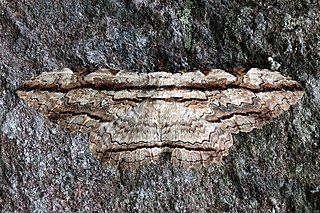 W
WThysania zenobia, the owl moth, is a species of moth in the family Erebidae. The species was first described by Pieter Cramer in 1776, and is native to North and South America and the Caribbean.
 W
WUnzela japix is a moth of the family Sphingidae. It is found from Mexico to the Amazon basin. There are also records from Surinam and north-western and south-eastern Venezuela.
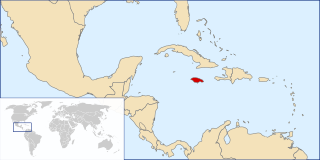 W
WUrania sloanus, or Sloane's urania, was a species of moth of the family Uraniidae endemic to Jamaica. It was last reported in 1894 or 1895, but possibly survived until at least 1908. The species was first described by Pieter Cramer in 1779.